Faster, Smaller, More Powerful Computer Chips: Hafnia Dons A New Face

Faster, smaller, more powerful computer chips: Hafnia dons a new face
Materials research creates potential for improved computer chips and transistors
It’s a material world, and an extremely versatile one at that, considering its most basic building blocks – atoms – can be connected together to form different structures that retain the same composition.
Diamond and graphite, for example, are but two of the many polymorphs of carbon, meaning that both have the same chemical composition and differ only in the manner in which their atoms are connected. But what a world of difference that connectivity makes: The former goes into a ring and costs thousands of dollars, while the latter has to sit content within a humble pencil.
The inorganic compound hafnium dioxide commonly used in optical coatings likewise has several polymorphs, including a tetragonal form with highly attractive properties for computer chips and other optical elements. However, because this form is stable only at temperatures above 3100 degrees Fahrenheit – think blazing inferno – scientists have had to make do with its more limited monoclinic polymorph. Until now.
Read more.
More Posts from Smparticle2 and Others
This supercapacitor battery can be recharged 30,000 times

A thin, flexible supercapacitor boasts high energy and power densities. Credit: University of Central Florida
Everyone and anyone with a smartphone know it is not long before your phone holds a charge for less and less time as the battery begins to degrade. But new research by scientists at the NanoScience Technology Center at the University of Central Florida (UCF), USA, could change that. The team have developed a new method for producing flexible supercapacitors that can store greater amounts of energy and can be recharged over 30,000 times without degradation. This new method could transform technology such as electric vehicles and mobile phones in the future.
‘If you were to replace the batteries with these supercapacitors, you could charge your mobile phone in a few seconds and you wouldn’t need to charge it again for over a week,’ said University of Central Florida researcher Nitin Choudhary.
The UCF team has attempted to apply newly discovered 2D materials that measure just a few atoms thick to supercapacitors. Other scientists have also tried formulations with other 2D materials including graphene, but had only limited success. The new supercapacitors are composed of millions of nanometre-thick wires coated with shells of 2D materials. The core facilitates the super-fast charging and discharging that makes supercapacitors powerful, and the 2D coating delivers the energy storage ability.
‘We developed a simple chemical synthesis approach so we can very nicely integrate the existing materials with the two-dimensional materials,’ said Yeonwoong Eric Jung, assistant professor of the study. Jung is working with UCF’s Office of Technology Transfer to patent the new process. ‘It’s not ready for commercialisation,’ Jung said. ‘But this is a proof-of-concept demonstration, and our studies show there are very high impacts for many technologies.’

Chemists discover structure of bacterial enzyme that generates useful polymers
MIT chemists have determined the structure of a bacterial enzyme that can produce biodegradable plastics, an advance that could help chemical engineers tweak the enzyme to make it even more industrially useful.
The enzyme generates long polymer chains that can form either hard or soft plastics, depending on the starting materials that go into them. Learning more about the enzyme’s structure could help engineers control the polymers’ composition and size, a possible step toward commercial production of these plastics, which, unlike conventional plastic formed from petroleum products, should be biodegradable.
“I’m hoping that this structure will help people in thinking about a way that we can use this knowledge from nature to do something better for our planet,” says Catherine Drennan, an MIT professor of chemistry and biology and Howard Hughes Medical Institute Investigator. “I believe you want to have a good fundamental understanding of enzymes like this before you start engineering them.”
Read more.
All these beautiful scenes and all I could think was "LOOK AT ALL THE SCATTERING" :')


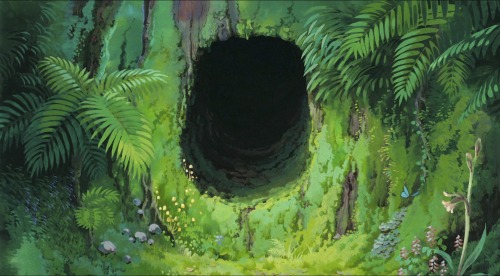


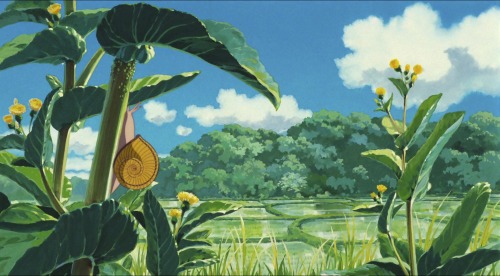
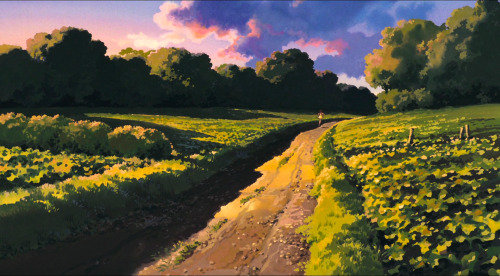
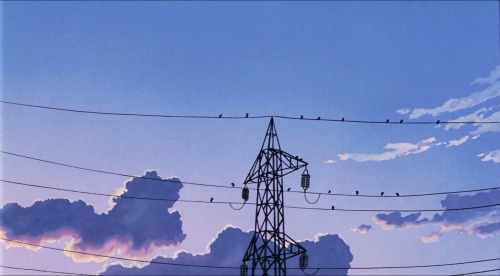


More Art of My Neighbor Totoro - Art Direction by Kazuo Oga (1988)









Shelly Ann Fraser Pryce “first ever” 3-time Golden World Champion… See i keep telling ppl’ A true Queen will always Rise & Shine!!! #Pryceless

Golden Gate Bridge by Jason Jko
Unusual Insects Taking Off



What do you do when you’re an insect researcher with a high-speed camera? Why, film all sorts of unusual insects from your backyard as they take off and fly! (Image and video credit: Ant Lab/A. Smith; via Colossal) Read the full article
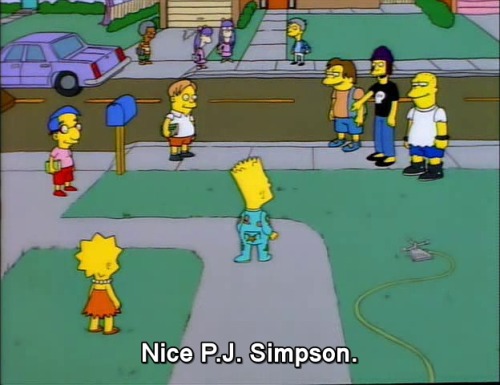





Woahh!!!



The Application of Sunblock in Visible and UV Light.
(lifepixel)

Katie - Champ de Mars, Paris
Follow the Ballerina Project on Facebook, Instagram, YouTube, Twitter & Pinterest
For information on purchasing Ballerina Project limited edition prints.
-
 thebiggestbugking liked this · 6 years ago
thebiggestbugking liked this · 6 years ago -
 new-outset liked this · 6 years ago
new-outset liked this · 6 years ago -
 strkid liked this · 8 years ago
strkid liked this · 8 years ago -
 sciencenerd4-blog liked this · 8 years ago
sciencenerd4-blog liked this · 8 years ago -
 oneapplepiefromscratchplease reblogged this · 8 years ago
oneapplepiefromscratchplease reblogged this · 8 years ago -
 oneapplepiefromscratchplease liked this · 8 years ago
oneapplepiefromscratchplease liked this · 8 years ago -
 smparticle2 reblogged this · 8 years ago
smparticle2 reblogged this · 8 years ago -
 morioghan liked this · 8 years ago
morioghan liked this · 8 years ago -
 ncc1701dnx-blog liked this · 8 years ago
ncc1701dnx-blog liked this · 8 years ago -
 toastedjinxedmarshmellow-blog liked this · 8 years ago
toastedjinxedmarshmellow-blog liked this · 8 years ago -
 c10h12n20studies liked this · 8 years ago
c10h12n20studies liked this · 8 years ago -
 rametarin liked this · 8 years ago
rametarin liked this · 8 years ago -
 materialsscienceandengineering reblogged this · 8 years ago
materialsscienceandengineering reblogged this · 8 years ago